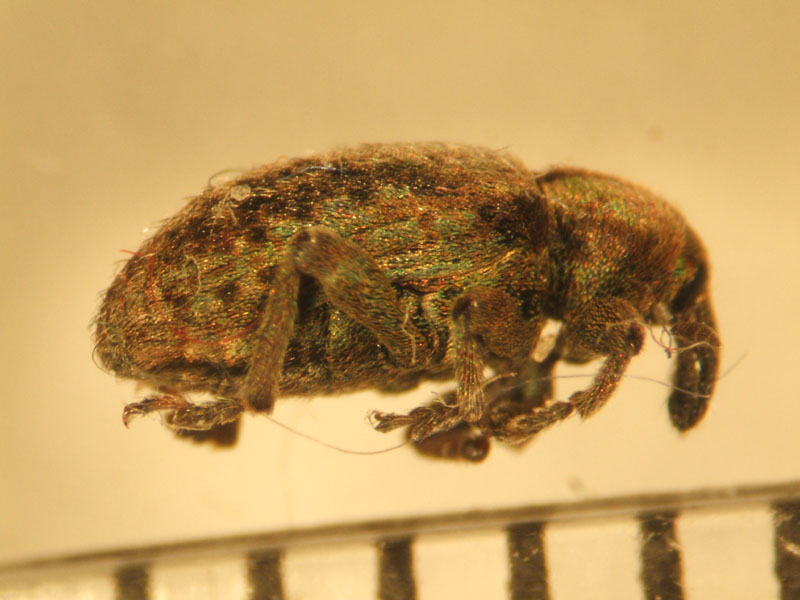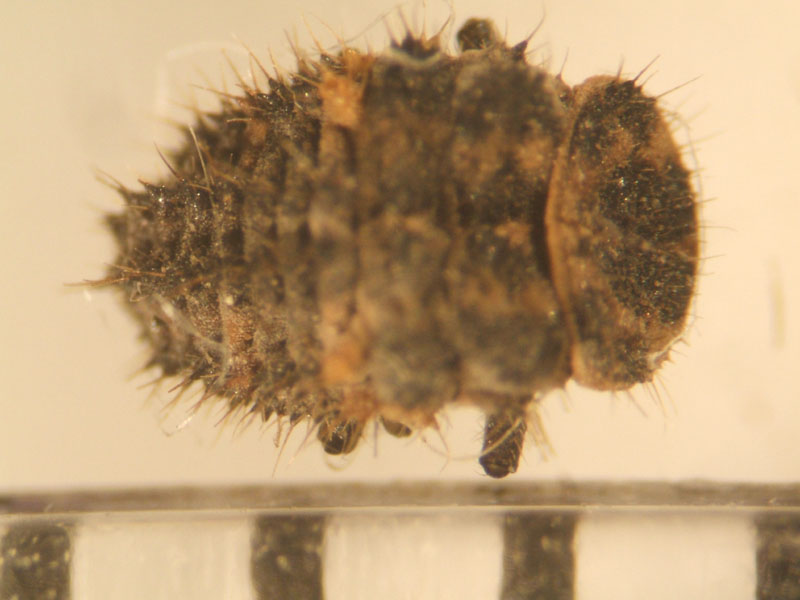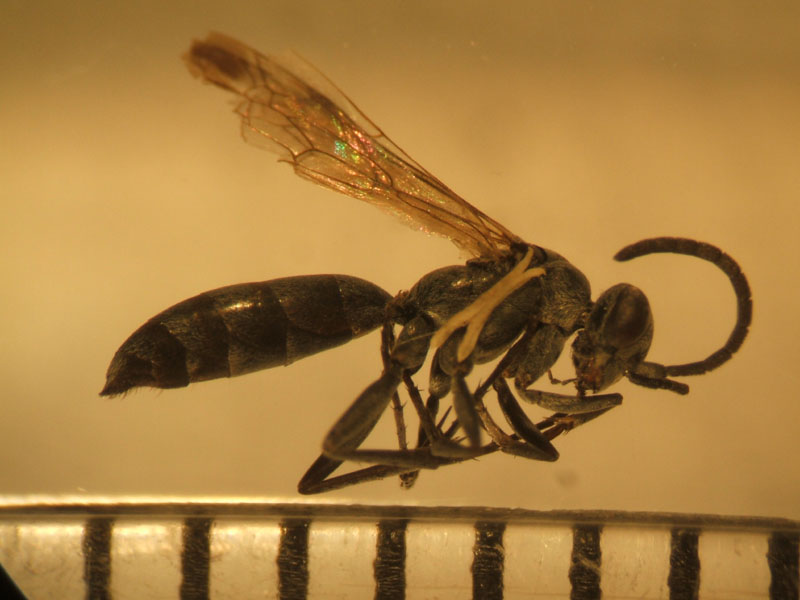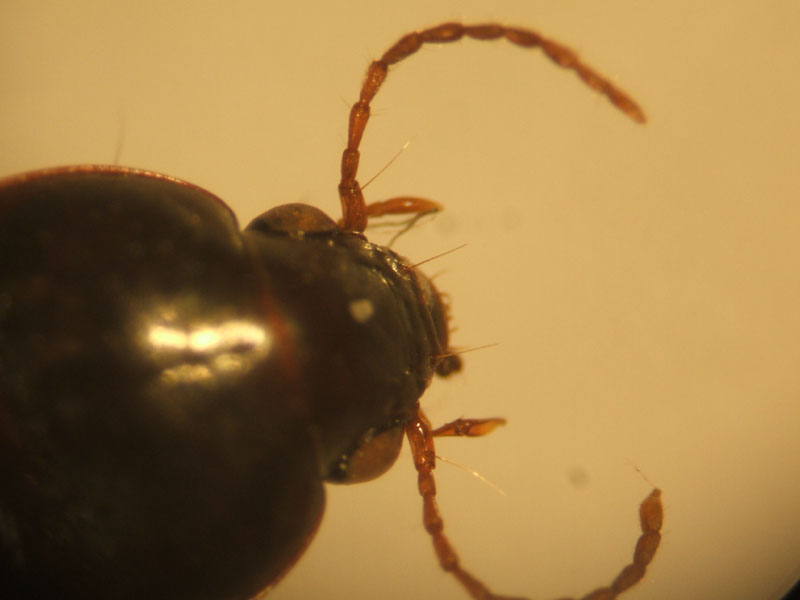- Home Page
- Composting
- Decomposition
Aims
Feedstock and Compost Mixes
Compost Production and Application - Land Restoration
- Quarry Sites
Urban Brownfield Sites
Mine Sites
Colliery Sites - Restoration results
- Quarry site - Blaenau Ffestiniog
Urban Brownfield site - Shotton
Mine site - Greece
Colliery site - Woolley Colliery - Dissemination and Publications
- Forthcoming Events
Previous Events
Open Days
TWIRLS Newsletters
Scientific Publications
Media Archive
Best Practice - Manuals and Tools - Information Services
- Best Practice - Manuals and Tools
- Our Staff

TWIRLS: Treating Waste for Restoring Land Sustainability
Brownfield insect diversity
Insect diversity at Shotton, urban brownfield site
Background
Urban brownfield sites are potentially important refuges for a variety of insects and a key concern of the TWIRLS project is to establish whether the addition of organic wastes to brownfield sites has a positive or negative effect on insect biodiversity. Within the UK, brownfield sites (i.e. Canvey Island, Essex) are known to support many rare (Red Data Book; RDB) species. This is because the intensification of agriculture and increasing use of pesticides since the 1960s have resulted in loss of species from farmland; many of these species survive on brownfield sites that have escaped agricultural intensification. Brownfield sites that have received dredged sand and gravel (such as Shotton and Canvey Island) provide a mosaic of different habitats for invertebrates, including all important patches of bare ground favoured by several species of predatory ground-dwelling (Carabid) beetles.
In addition to calculating the abundance and diversity of ground dwelling beetles at Shotton, we have compiled a database consisting of high quality digital photographs of each species found. Many of the beetles collected have been identified to species level, but confirmation of each determination is being sought from expert entomologists due to the difficulty in distinguishing truly different species from different morphs of individual species.

Insect sampling at Shotton
Following a visit to Shotton, our urban brownfield site, the opinion of John Bratton (invertebrate ecologist formerly with the Countryside Council for Wales) is that carabid (ground) beetles are likely to be the most prevalent insects at the bare site and are also likely to respond strongly to the application of compost. As predators, the diversity and abundance of carabid beetles will be affected by prey numbers, dictated ultimately by the nutritional value of the compost and by the input of fresh organic matter from vegetation. Accordingly we designed a sampling programme that uses the randomised complete block vegetation establishment experiment to test the effect of seeding and of two rates of application (zero, high) of four of the composts produced in-vessel at Shotton in 2005. The composts are; greenwaste only, greenwaste + sewage, greenwaste + paper and paper + sewage. These comparisons were chosen to represent a broad range of chemical and physical characteristics of the composts. The insect sampling methodology compared plots sown with the mesotrophic grassland seed mixture with plots that were not sown.

Two pitfall traps were placed in each sub-plot (192 traps in total) in July 2006 and emptied after 12 days. Each pitfall consisted of a 1 l plastic container covered with 12 mm nylon mesh to exclude invertebrates and mammals. 50 ml of NaCl solution was placed in the bottom of each trap to act as preservative. On retrieval, insects were sorted into broad groups (carabid beetles, ants, flies, spiders, springtails) and stored in 60 % ethanol prior to identification and further sorting of coleopteran to species level. The plots will be sampled again in July 2007, when it is expected that mesotrophic grassland vegetation will be well established within the sown plots.

Effect of compost addition on insect abundance and diversity
A minimum of 20 and a maximum of 34 species of ground dwelling beetles have so far been observed at Site 2. The range represents the difficulty in distinguishing separate species from different morphs of individual species and until confirmation of species identity has been received these results should be considered provisional. In total, 357 ground dwelling beetles have been retrieved from pitfall traps in plots that received compost and 291 from plots that did not receive compost. This represents an approximate 20 % increase in the number of insects following compost application. The number of different species present in sub-plots decreased slightly from 32 to 28 following application of compost but this difference is not statistically significant.
Addition of seed mixture significantly increased the number of ground-dwelling beetles collected. Across all compost types, 298 were collected from plots that did not receive seed mixture and 350 were collected from sown plots. Seeding did not affect the number of species collected with 29 different species collected from sown plots and 30 from plots that were not sown.
The most noticeable effect of the addition of compost was an approximate 70 % increase in numbers of ground-dwelling beetles in plots that received compost made from green-waste and tertiary treated sewage sludge.


